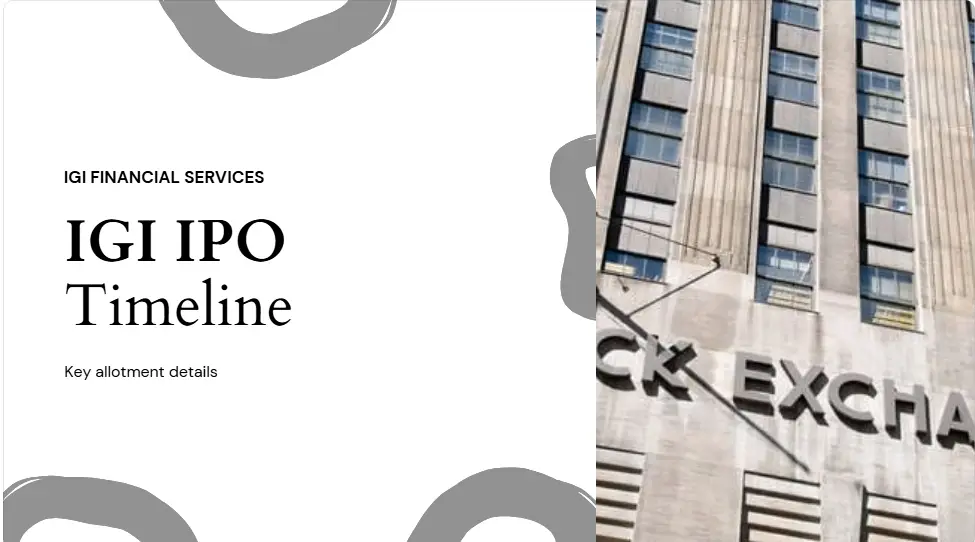Introduction: Is a Stock Market Declining?
Investors frequently worry about the volatility of the stock market. Over the last five months, the Nifty 50 and Sensex have dropped by almost 15%, indicating a dramatic correction in the Indian stock market. We are currently experiencing an equity market correction, which is a less severe but still significant decline, whereas many investors fear a stock market crash.
The definition of an equity market correction, how it varies from a crash, its causes, and portfolio protection techniques are all covered in this article.
What is a correction in the equity market?
Definition and Essential Features
A brief market drop of 10–20% from recent highs is known as an equity market correction. A correction is a normal aspect of market cycles, as opposed to a crash, which is a sharp, abrupt decline.
Corrections are common:
- On average, once every 12 to 24 months
- Duration: usually lasts three to four months
- Markets typically recover in six to twelve months.
Correction vs. Bear Market vs. Crash
| Market Condition | Definition |
|---|---|
| Correction | 10-20% decline, short-term, normal in cycles |
| Bear Market | 20%+ decline, lasts months to years, reflects economic downturn |
| Crash | Sudden, severe decline, panic-driven, rare but impactful |
Examples of Market Corrections in the Past
- 2020 COVID-19 Correction: Pandemic fears caused markets to plummet, but they swiftly recovered.
- Interest Rate Increases in 2022 As central banks increased rates to combat inflation, stocks plummeted.
- Indian stock market correction in 2025: ongoing decline associated with global uncertainty, FII withdrawals, and economic slowdown.
Why Does the Market Correct?
Economic Aspects
- Slowing Economic Growth: In Q3FY25, India’s GDP grew at its slowest rate in two years, 5.4%.
- Interest rates are rising as a result of capital flight from emerging markets due to the U.S. Federal Reserve’s aggressive approach.
- Concerns about inflation: The high cost of food and energy has affected business profitability.
Events in Geopolitics
Russia-Ukraine War and Tensions in the Middle East These have increased economic uncertainty and upset global supply chains.
Tariff increases in the U.S.-China Trade War affect international markets, including India.
Investor Attitude
FII Outflows: According to a source, foreign investors have withdrew billions from Indian stocks, which has increased volatility.
Herd Behavior: Exaggerated declines are caused by panic selling.
High Valuations: In spite of the correction, some Indian stocks are still more costly than their international counterparts.
How to Get Your Portfolio Ready for a Change
Evaluate Your Risk Tolerance
Knowing your risk profile is essential:
- Conservative investors should concentrate on blue-chip, fixed-income stocks.
- Moderate investors should keep a well-balanced real estate, bond, and stock portfolio.
- Aggressive investors, who concentrate on premium growth stocks, can purchase more during downturns.
Diversify Your Investments
Diversification helps mitigate risk. A well-balanced portfolio includes:
| Asset Class | Example |
|---|---|
| Equities | Large-cap stocks (HDFC Bank, Infosys) |
| Bonds | Government & corporate bonds |
| Real Estate | REITs, commercial property |
| Commodities | Gold, silver |
Rebalance Your Portfolio
- Sell overperforming assets and reinvest in undervalued ones.
- Maintain asset allocation to match long-term goals.
Techniques to Take Into Account While Correcting
Remain composed and refrain from panic selling.
- Losses are locked in when selling during corrections.
- In the past, stock markets have expanded and recovered over time.
Take Dollar-Cost Averaging into Account
Invest a set amount on a regular basis, lowering risk and purchasing more when prices are so low.
Seek Out Purchase Opportunities
- Find cheap stocks that have solid fundamentals.
- Pay attention to industries with room to grow, like IT, healthcare, and BFSI.
Professional Views on Market Adjustments
Financial Analyst Quotations
“A protracted market correction allows markets to separate strong businesses from weaker ones, but it could also weigh on household spending,” said Sakshi Gupta of HDFC Bank.
Examples of Effective Navigation Case Studies
- By concentrating on high-quality stocks, the Parag Parikh Flexi Cap Fund outperformed its peers during corrections.
- The Motilal Oswal Large Cap Fund invested in blue-chip companies like HDFC Bank and Infosys to maintain stability.
In summary, transform correction into opportunity.
- Although short-term, corrections are necessary for the long-term health of the market.
- Be ready by purchasing high-quality stocks, diversifying, and remaining invested.
- Prioritize financial objectives over transient volatility.
- Conclusion: Invest sensibly and stick with the plan because corrections present buying opportunities.
FAQ: People Also Ask (PAA)
1. How long do equity market corrections last?
Corrections typically last 3-4 months, with recovery within 6-12 months.
2. What should I do during a market correction?
Stay invested, rebalance your portfolio, and consider buying quality stocks at lower prices.
3. Is an equity market correction a sign of a recession?
Not necessarily. Corrections are normal, while recessions involve prolonged economic decline.
4. Which sectors perform best after a market correction?
Historically, BFSI, IT, healthcare, and industrials have led recovery phases.
5. How can I protect my investments from market volatility?
Diversify across asset classes, maintain a long-term perspective, and avoid emotional decision-making.







